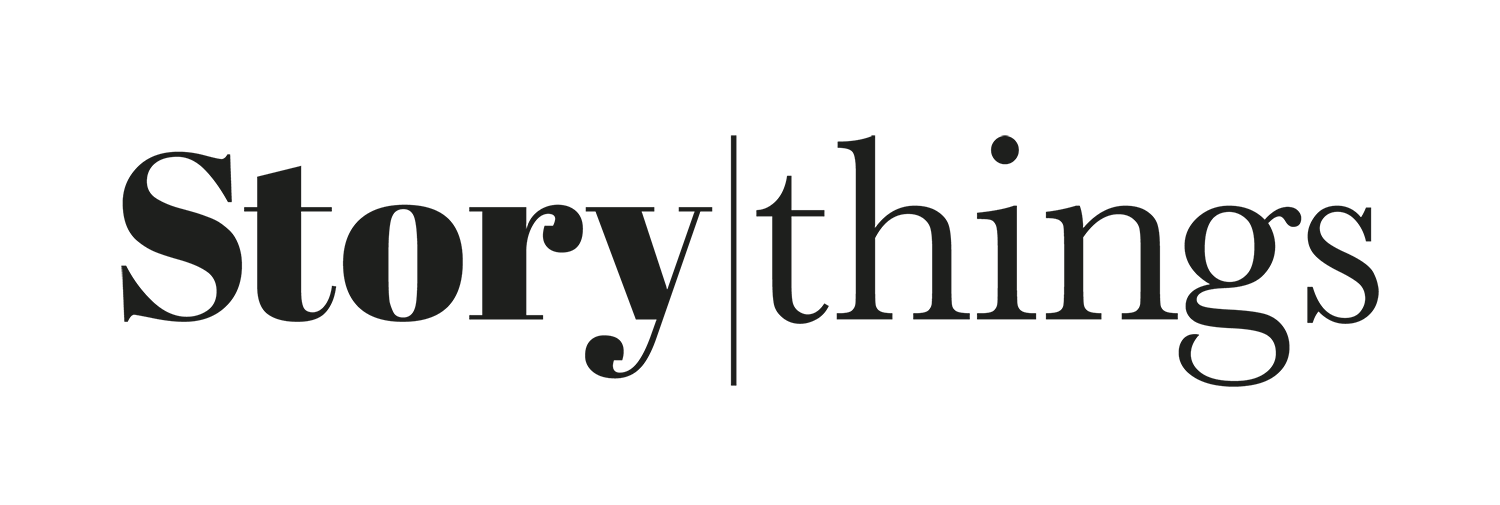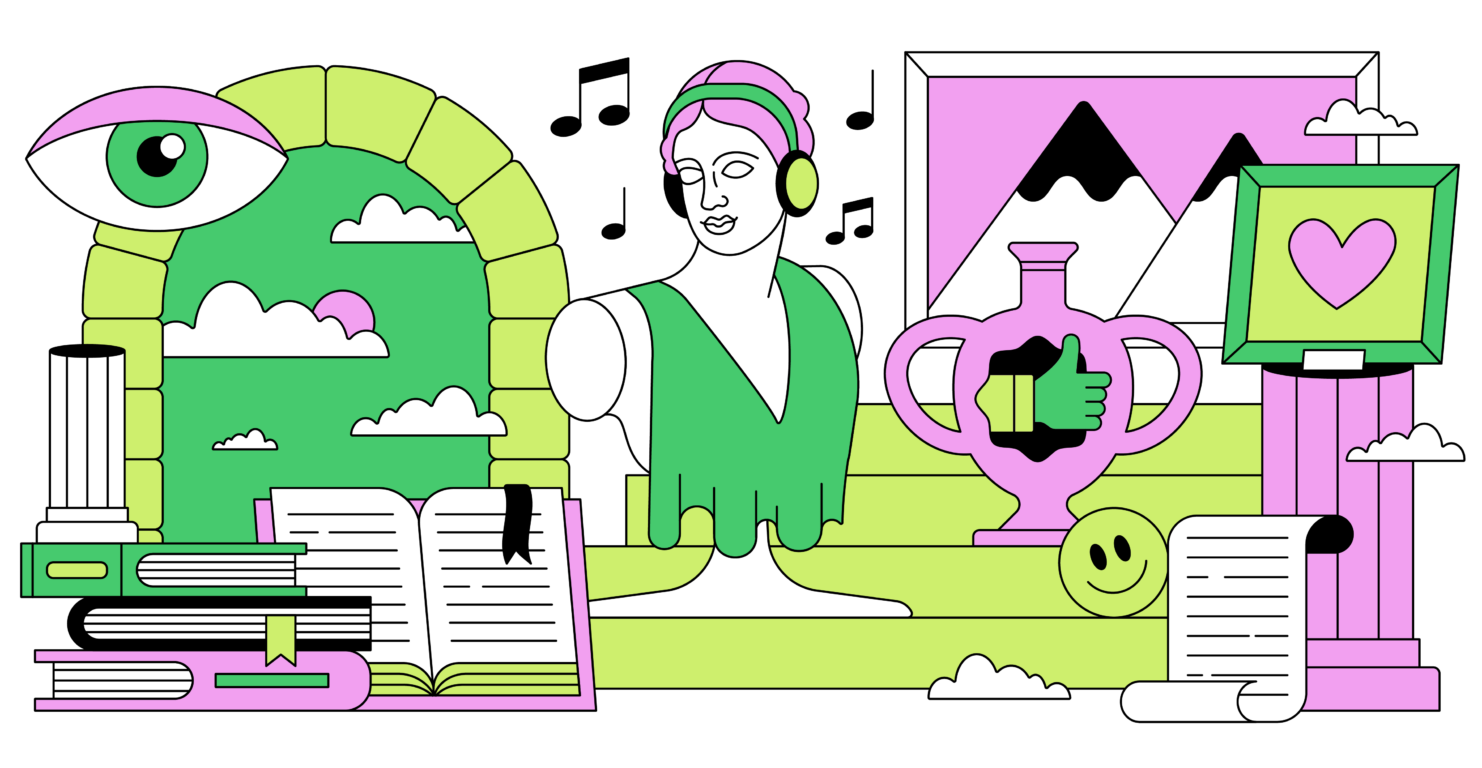Scroll Stoppers 1: Curate Expectations
The paradox of choice is a funny thing: the idea that having too much choice or too many options actually makes us more miserable. And with all the splendour that the content world has to offer – films, tweets, vlogs, newsletters, podcasts, Netflix originals, the list goes on – feeling overwhelmed and overstimulated is nothing new for modern-day audiences. A dilemma that only escalated during the pandemic.
As we navigated extended periods of lockdown, many of us not only had the time and freedom to engage with more content, but as the whole world moved online, we suddenly had a lot more to choose from.
Now, as our work and social lives get increasingly busier, habits like online learning, infinite scrolling, and late-night Google holes are difficult to maintain.
We’ve developed a self-awareness in the way we consume content and our research points to a reliance on others to help cut through the noise.
Without the time, will, or headspace to trudge through masses of media, audiences are actively seeking out people and platforms to curate content for them.
“We need somebody else to tell us what’s interesting. Newsletters are the new water cooler talks.” (Interviewee)
And there’s proof in the proverbial pudding. Our survey respondents explicitly called out newsletters as a go-to for curated content, alongside platforms like Mubi and Axios. Podcasts, articles, Instagram, and newsletters ranked as the four most popular types of content – all of which are frequently used for rounding up or recommending content, particularly from a personal point of view.
Ditching the algorithm in favour of more personalised recommendations could also be a symptom of remote or hybrid working.
“When I was working in a studio space five days a week we’d have many of these moments where we shared recommendations, it just kind of happens in the moment. And I feel like that’s something that we lost when we moved to working from home.” (Interviewee)
Whether it’s a resistance to information overload or an attempt to offset the loss in face-to-face recommendations, seeking out curated content is a behaviour we’re going to see a lot more of.
When asked what content qualities they are most drawn to, responses were:
- Well curated
- Thought provoking
- Visually striking
“We need somebody else to tell us what is interesting. Newsletters are the new water cooler talks.” (Interviewee)
Takeaway
Think about how you can curate experiences for audiences. Good curation adds context and lets people know why the thing you want them to see or hear is important. The range of content you include, and how you talk about it, defines your voice and personality over time. Becoming a smart filter is a brilliant way for building loyalty.

